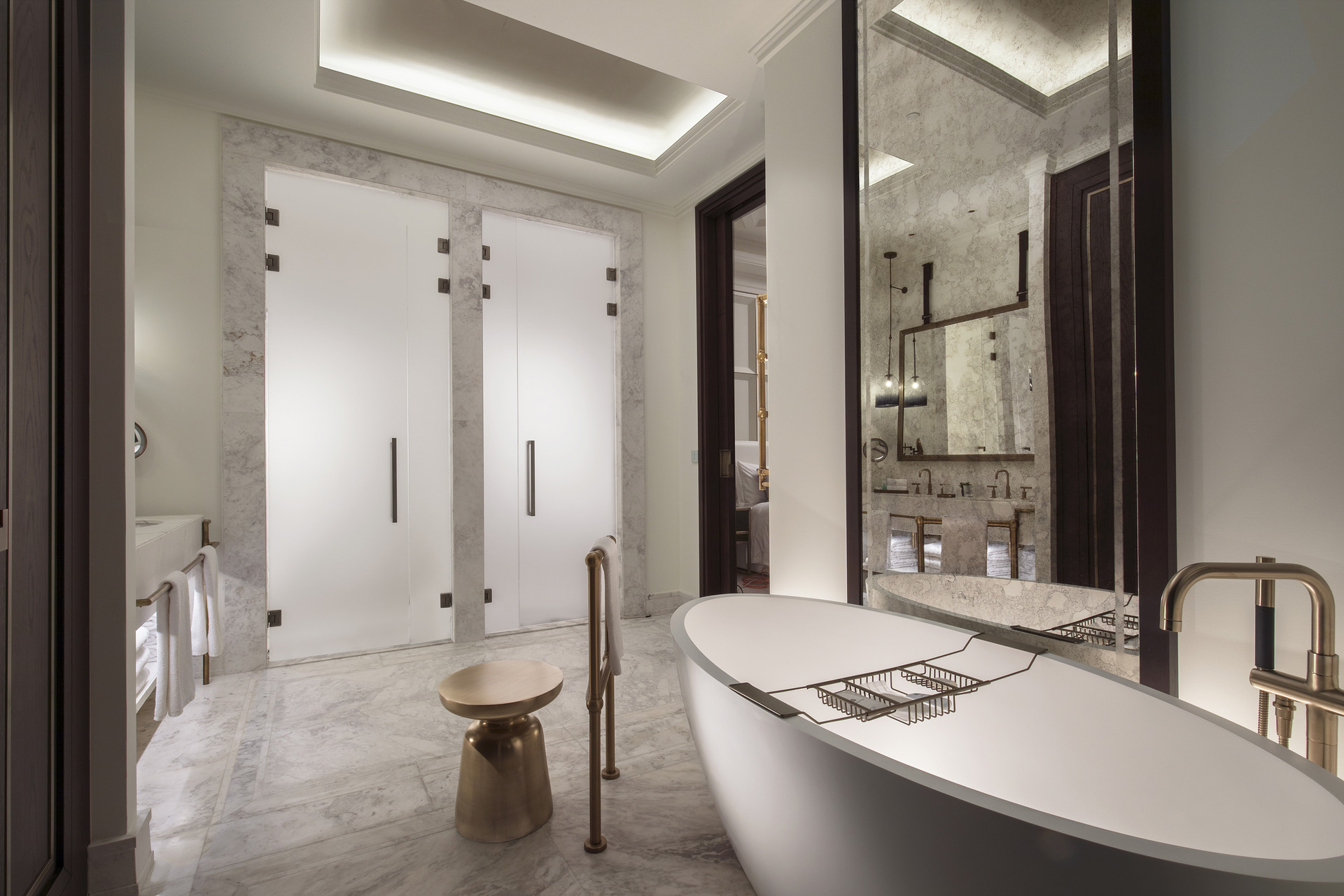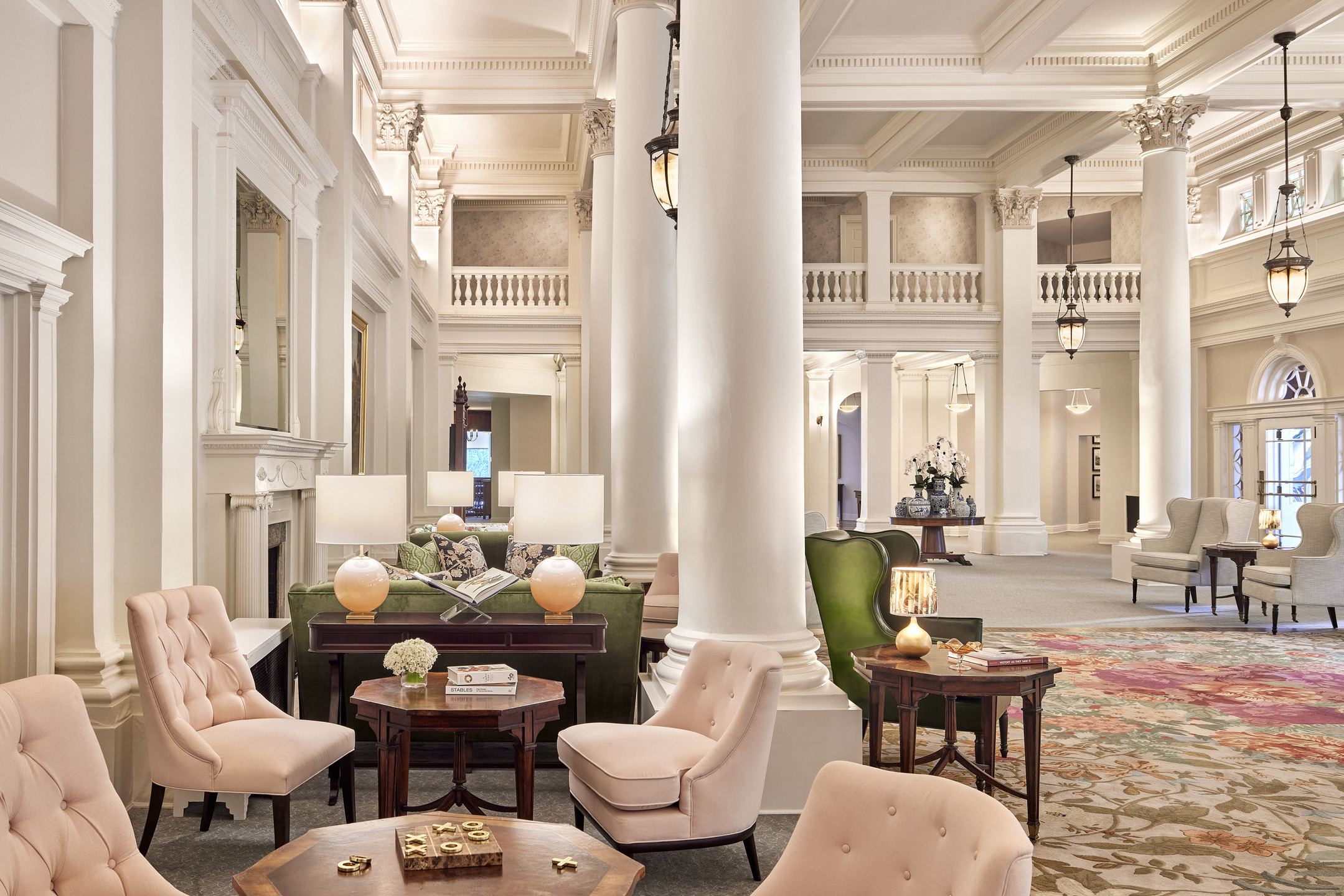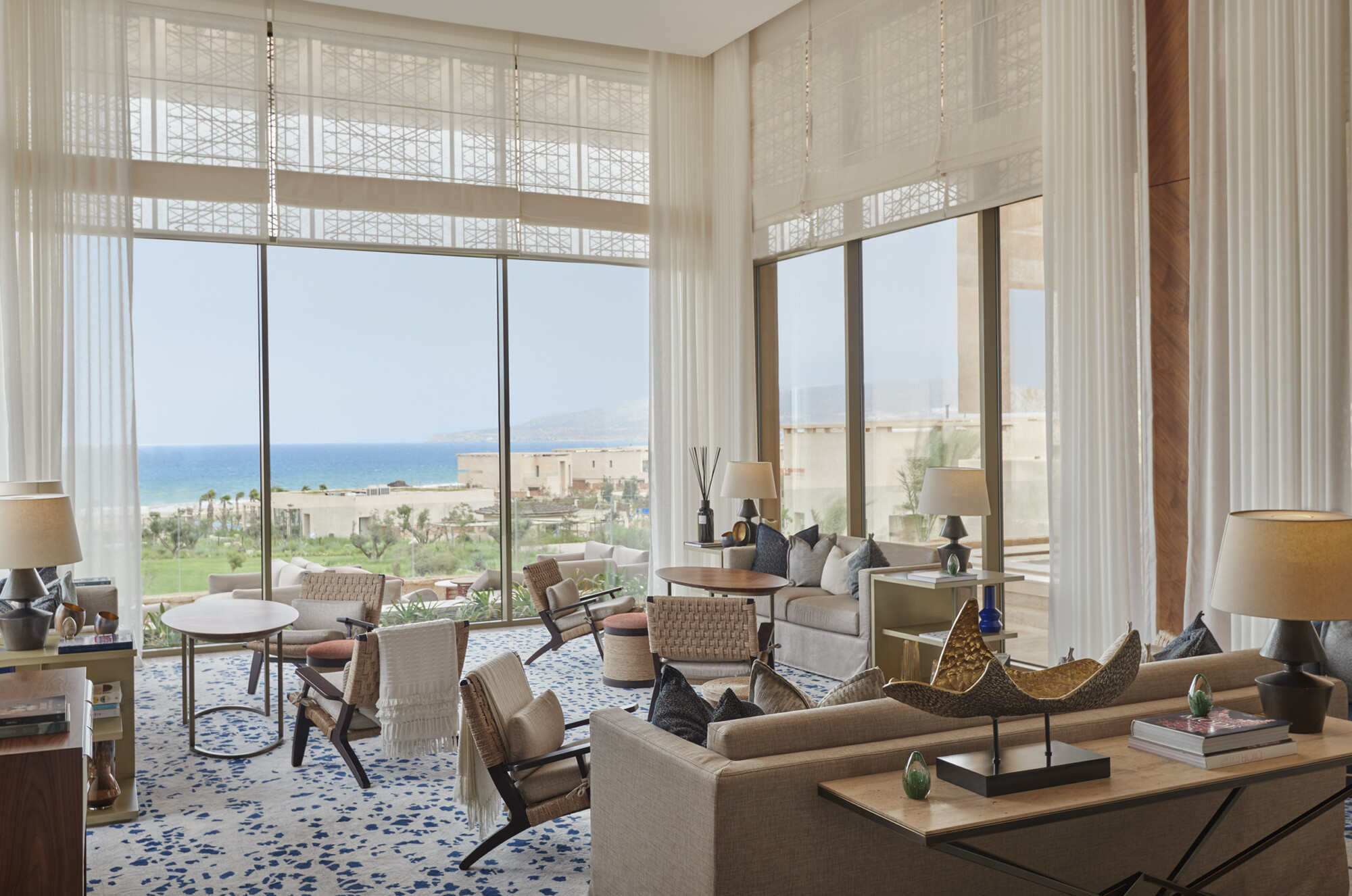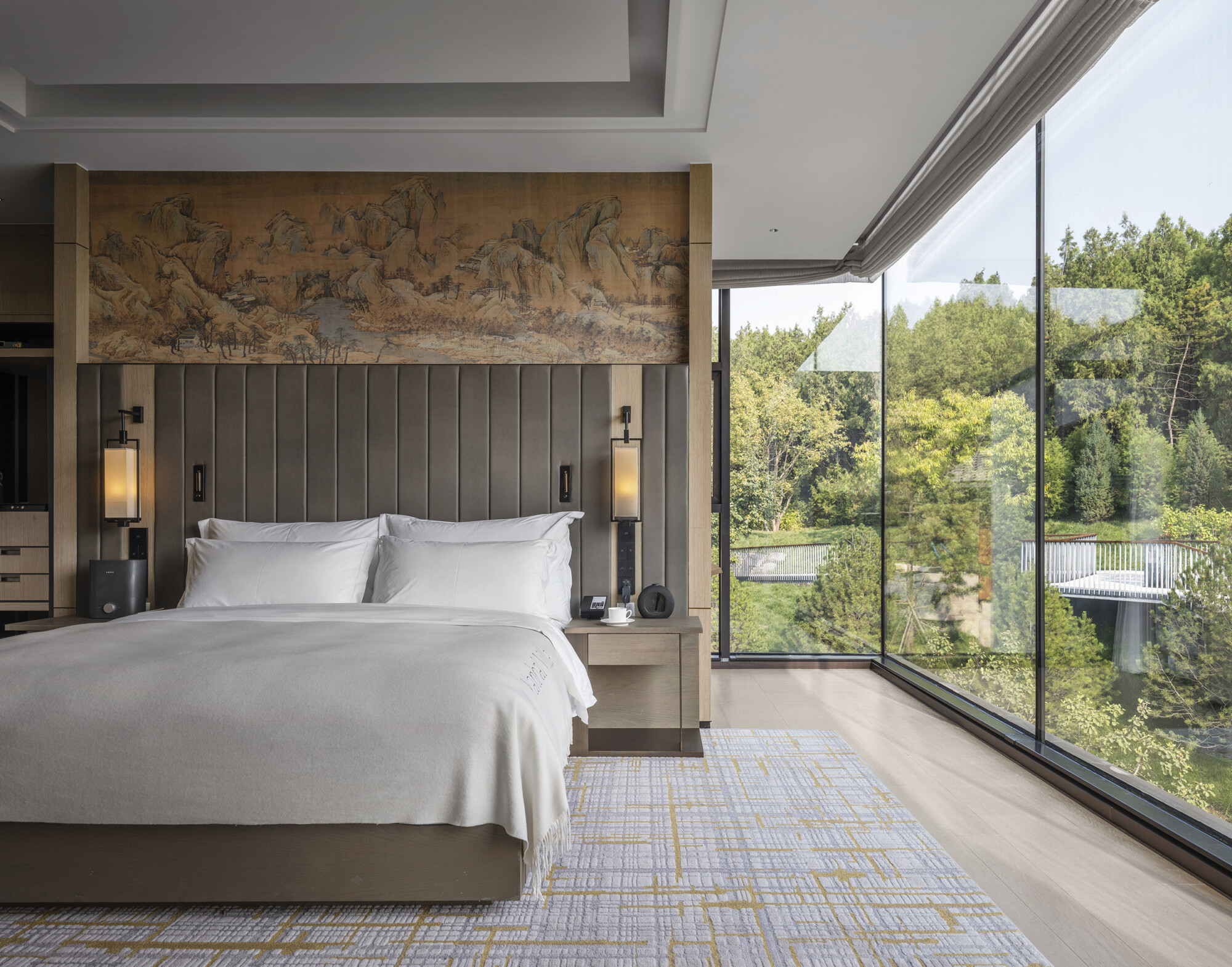Hospitality Interior Design Trends 2024
By WATG
January 5, 2024
As we step into the horizon of 2024, Wimberly Interiors’ teams from around the globe share their insights on emerging trends that reflect the evolving tapestry of contemporary lifestyles. From the elegance of feminine retro detailing to the thoughtful consideration of pet-friendly spaces, the interior design trends 2024 are curated to address a myriad of needs and desires. Exemplifying a commitment to creating environments that transcend aesthetic appeal and resonate deeply with the diverse and ever-changing dynamics of modern living.
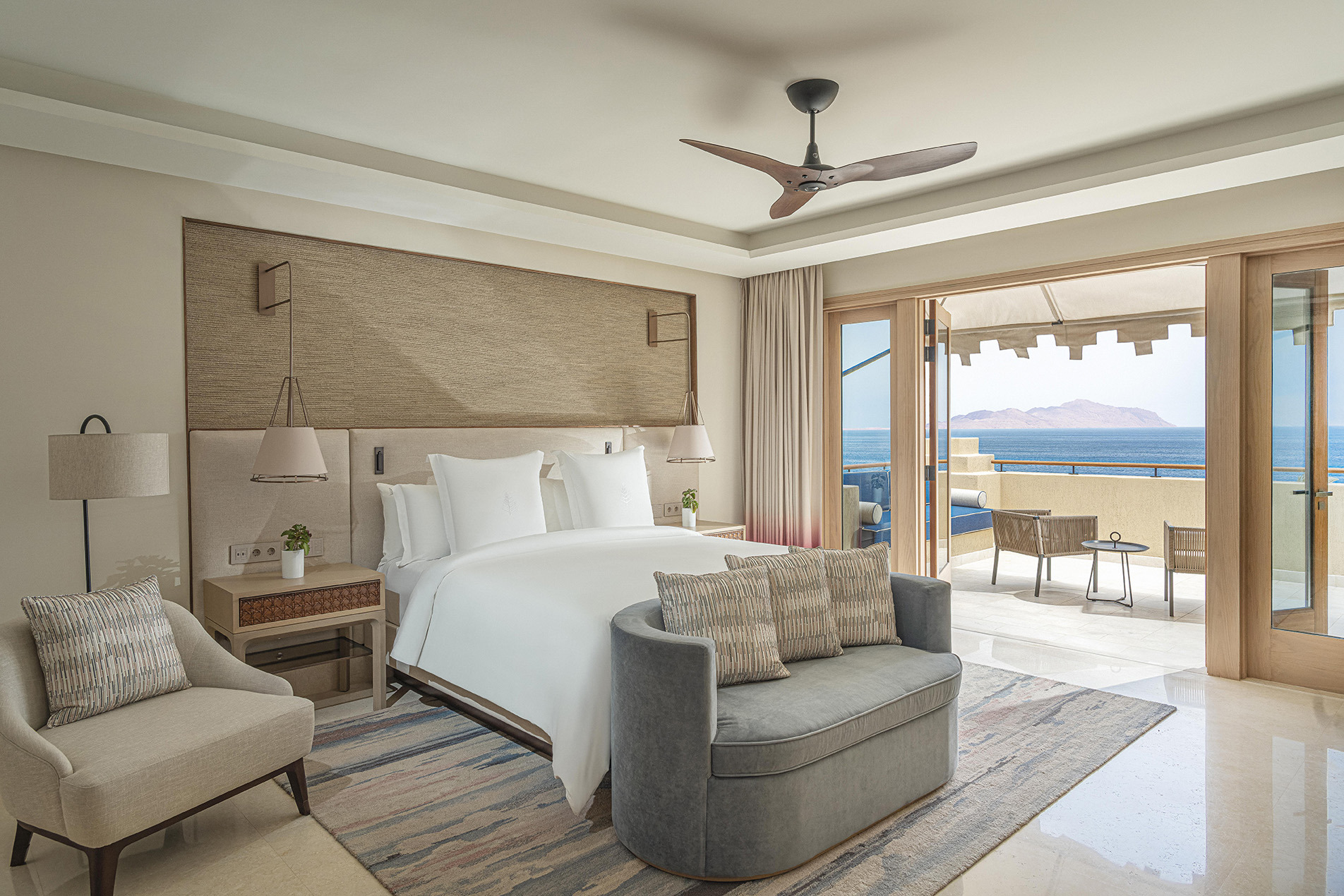
Four Seasons Sharm El Sheikh
Feminine Retro Detailing
This trend will showcase a delightful blend of feminine elegance and retro detailing, creating spaces that are both stylish and comfortable. A significant shift towards wavy silhouettes in furniture and joinery will be prominent, introducing a fluid and dynamic aesthetic. This trend is not just about form but also about bringing a sense of movement and softness to otherwise static environments. Additionally, there will be a nod to the nostalgic charm of the 1960s, particularly Italian granny-style detailing. This will manifest in unique, whimsical patterns and textures, combined in a chic and modern way. The fusion of these elements – the flowing lines and retro touches – will result in interiors that are both playful and sophisticated, appealing to a wide range of tastes and preferences. – Damien Follone
Textured and Patterned Glass
We’re expecting the renaissance of textured and patterned glass in 2024. Designers are embracing the allure of glass imbued with intricate textures and captivating patterns, from frosted textures evoking a sense of privacy to elaborate patterns adding flair and character, textured and patterned glass offers versatility. This trend revolutionizes spaces, infusing them with elegance and depth. Beyond aesthetic appeal, it introduces an interplay of light and shadow, transforming interiors into immersive environments. Its versatility extends to dividing spaces, offering an innovative approach to zoning without compromising on light or spatial flow. By integrating this glass into partitions or sliding doors, it creates an illusion of boundlessness while maintaining privacy.
What sets this trend apart is the limitless and bespoke nature of patterns and textures, offering a tailored touch to every space. Whether it’s organic motifs or geometric shapes, each element is meticulously crafted, ushering in a new era of personalized approach to design. – Paolo De Simone
Pet Friendly Spaces
Embracing the rising demand for pet-friendly spaces, reflecting the growing number of pet owners who face challenges when traveling or staycationing with their furry companions. This trend acknowledges the limitations currently faced due to pet restrictions in many accommodations, especially those concerning size and weight limits. As a result, designers are focusing on creating environments that are not only welcoming to pets of all sizes but also ensure their comfort and safety. This includes the use of durable, easy-to-clean materials, innovative furniture that accommodates pets, and dedicated areas within living spaces that cater to the needs of different pet species. The aim is to bridge the gap between stylish design and practicality, ensuring that spaces are equally enjoyable for both humans and their pets. This trend is a response to the growing recognition of pets as integral family members, leading to a more inclusive approach to interior design. – Deepu Mahboobani

Four Seasons Doha Cigar Bar
Monochromatic Color Schemes
Make a bold statement with the resurgence of vibrant, monochromatic color schemes, enveloping entire rooms in a single, dynamic hue. This trend involves painting not just the walls but extending the color to the ceiling, floor, and even the upholstery, creating an immersive and cohesive aesthetic experience. Alongside this daring use of color, there will be a significant revival of 1970s style, marked by a renewed interest in vintage pieces and antiques. This throwback to the ’70s will bring back the era’s characteristic textures, patterns, and silhouettes, blending them seamlessly with contemporary design principles. The result will be interior spaces that are rich in history and personality, offering a harmonious mix of the old and the new. This approach reflects a growing appreciation for sustainable practices, as reusing and repurposing vintage items becomes a stylish and eco-friendly design choice. Expect to see interiors that are not only visually striking but also deeply rooted in a sense of nostalgia and sustainability. – John Paul Pederson
The Essence of Home
We’re anticipating a shift towards creating spaces that evoke happiness and a sense of belonging, moving away from designs that feel overly precious or impractical for everyday living. This trend is about designing interiors that are not only aesthetically pleasing but also comfortable and inviting, allowing people to truly relax and feel at ease in their own homes. There is an increasing emphasis on the whimsy of nostalgia, blending it with just the right touch of modernism. This combination brings together the best of both worlds – the charm and warmth of vintage elements with the clean lines and simplicity of contemporary design. Such spaces will feel timeless rather than just trendy, offering a sanctuary where memories can be made and cherished. The key is in balancing the old and the new in a way that feels authentic and personal, creating environments that are not just visually appealing but also emotionally resonant and welcoming. This trend reflects a deeper understanding that the true essence of a home lies in its ability to reflect the personalities and lifestyles of those who inhabit it, ensuring that design serves the purpose of enhancing life rather than just decorating space. – Vanessa Redman
Interior Design Trends 2024
Other key considerations for 2024 and beyond:
Technology Integration: Smart room controls, contactless check-in/out, and personalized experiences through mobile apps will become more prevalent to enhance guest convenience and comfort.
Flexible Spaces: Multi-functional and adaptable spaces that cater to various guest needs, from co-working areas to event spaces, will be a key design consideration.
Local Art and Culture: Hospitality spaces will incorporate local art, craftsmanship, and cultural elements into the design to provide an authentic and immersive guest experience. An emphasis on supporting local communities, reducing environmental impact, and promoting cultural preservation within the hospitality industry.
Wellness and Spa Amenities: Design will cater to health-conscious travelers with spa-inspired bathrooms, meditation spaces, fitness centers, and overall wellness-focused design.
Minimalistic Luxury: Clean and elegant designs with a focus on form and function, simplicity, neutral color palettes, high-quality materials, and handcrafted artisanal furnishings.
Personalization: Customizable room options that allow guests to tailor their stay to their preferences, from room layout to decor and amenities.
Cultural Fusion: Blending diverse cultural elements and aesthetics to create unique and culturally rich interior designs that celebrate global diversity.
Inclusive Design: Designing spaces that are accessible to all guests, including those with disabilities, to promote inclusivity and ensure that everyone can enjoy their stay.
Latest Insights
Perspectives, trends, news.
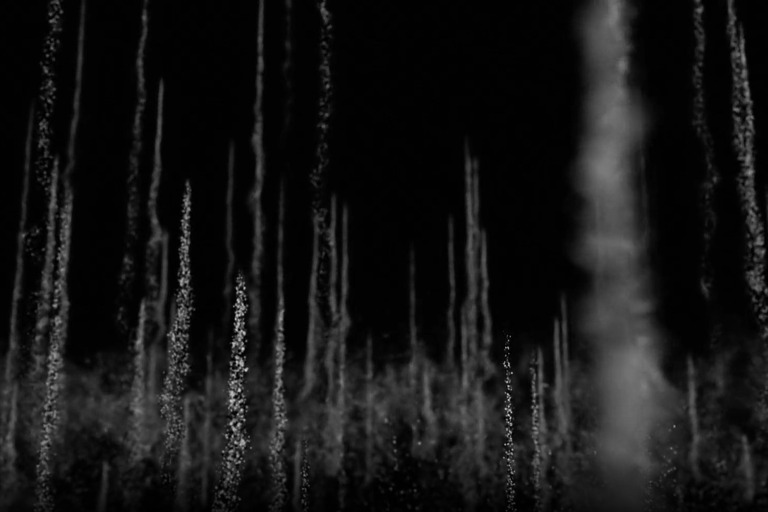
- News
Behind The Scenes: ‘We Create Moments’
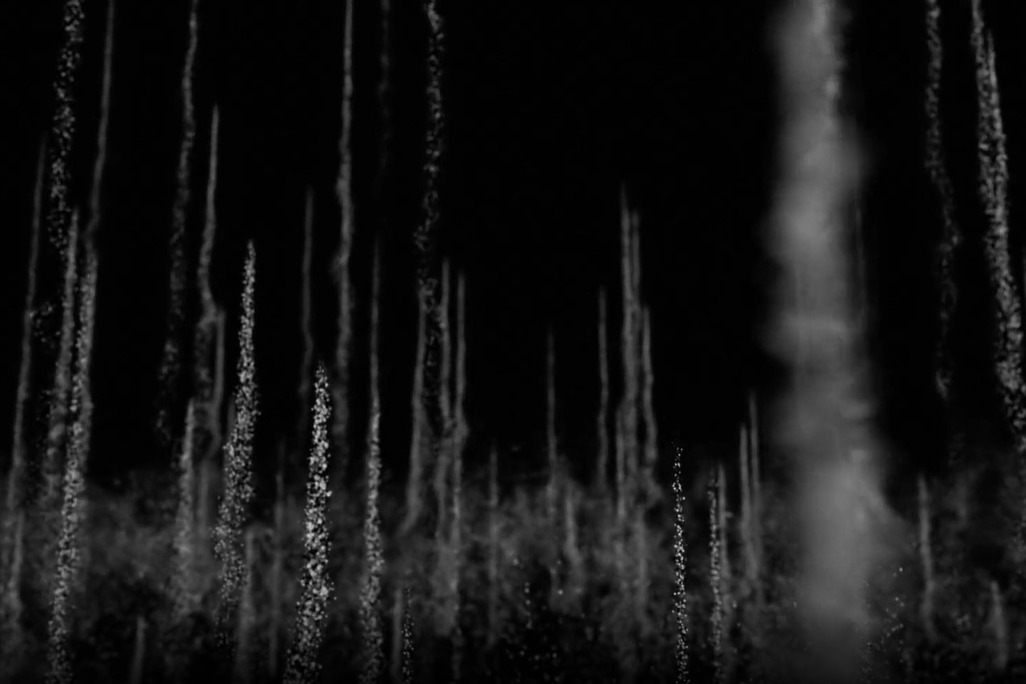
- News
Behind The Scenes: ‘We Create Moments’

- News
Hotel Room 404: The Mystery of the Missing Floor

- News
Hotel Room 404: The Mystery of the Missing Floor

- Employee Feature
Thirty Years of Change, One Constant Vision: A Conversation with Howard Wolff

- Employee Feature
Thirty Years of Change, One Constant Vision: A Conversation with Howard Wolff

- News
WATG Named One of the Sunday Times Best Places to Work 2025
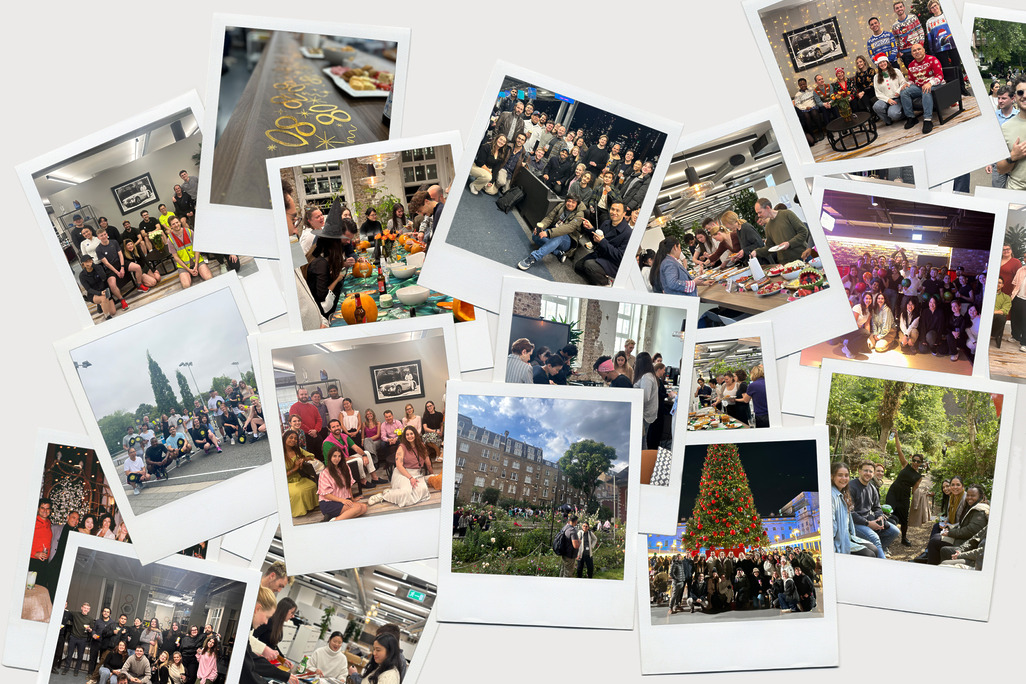
- News

